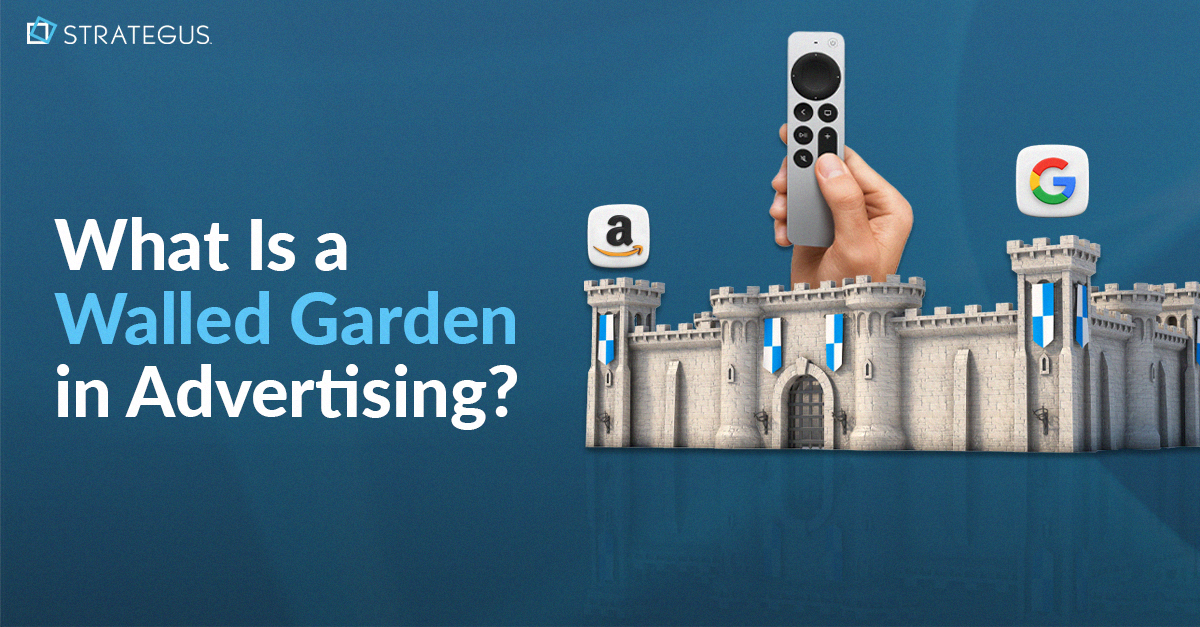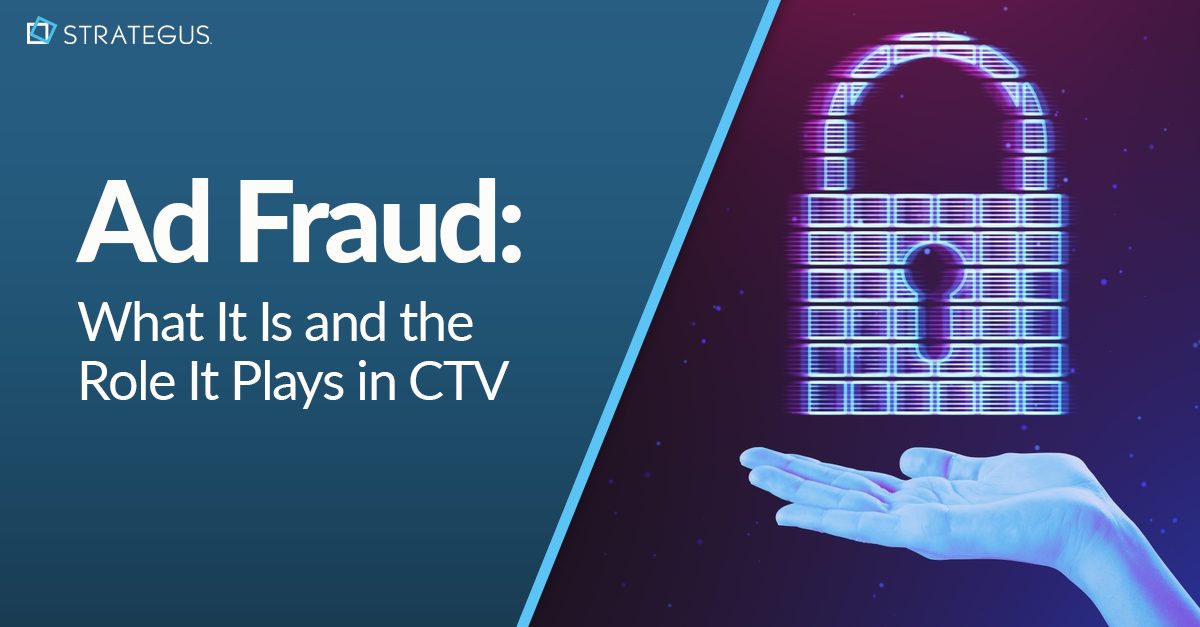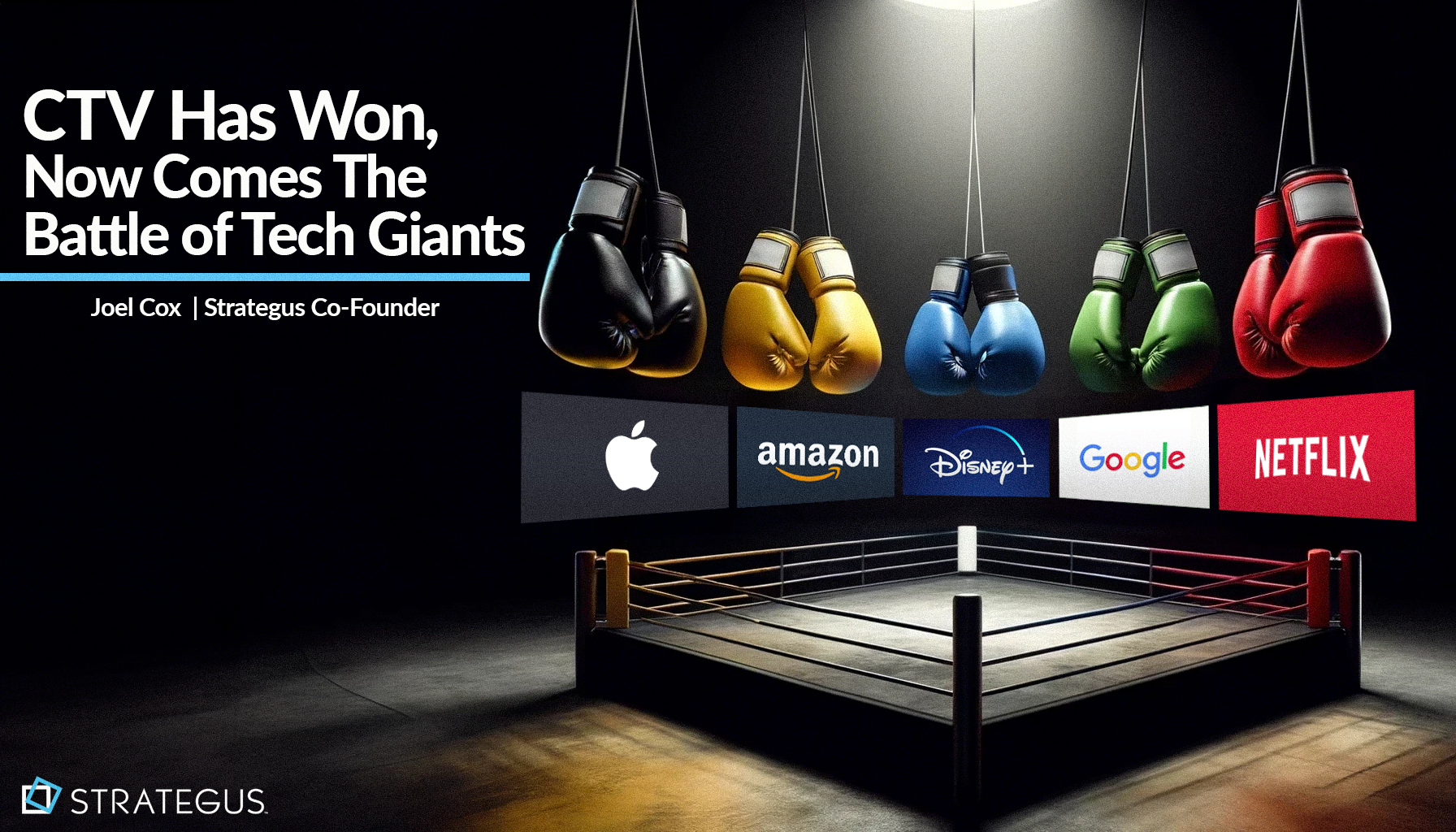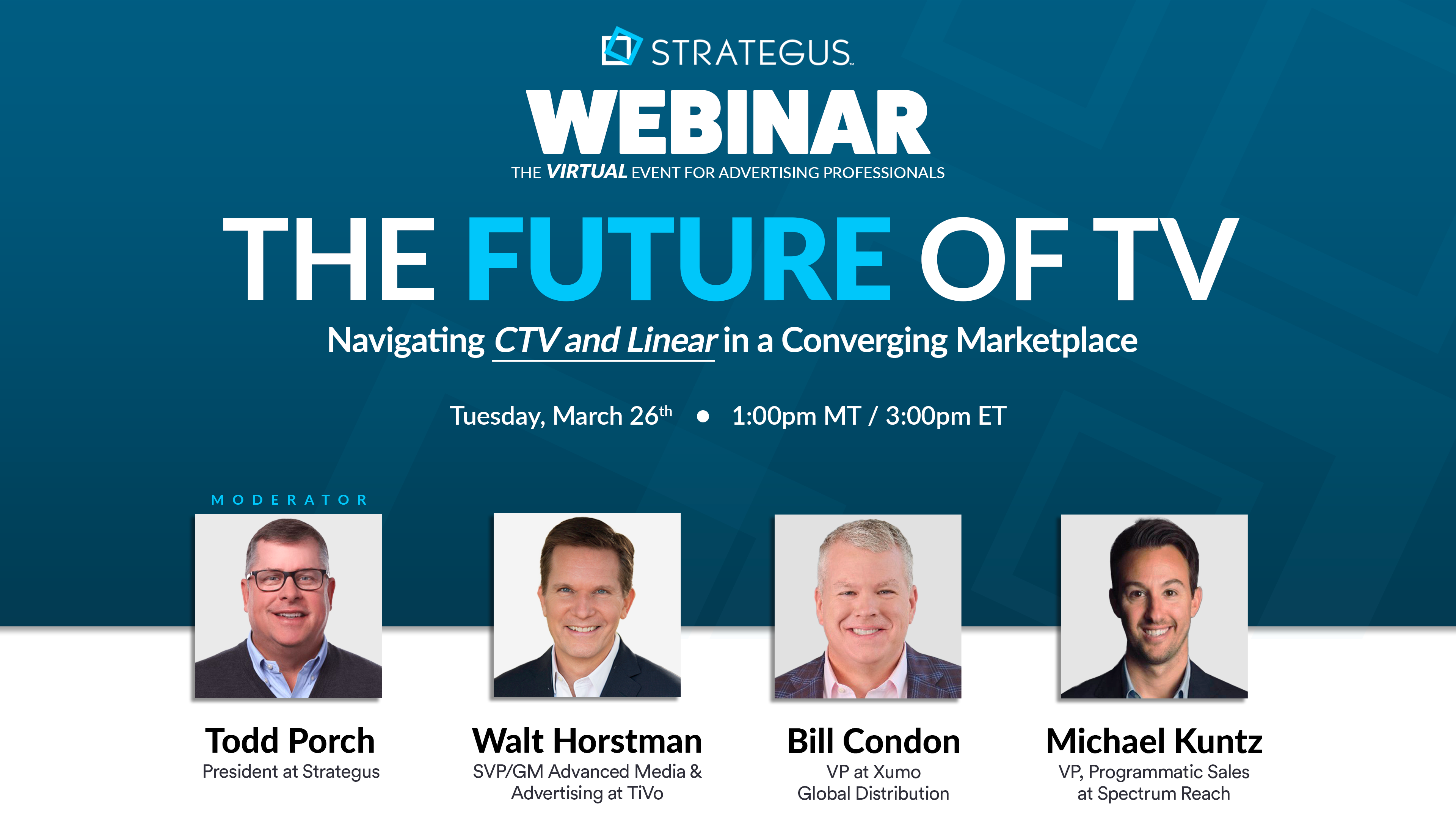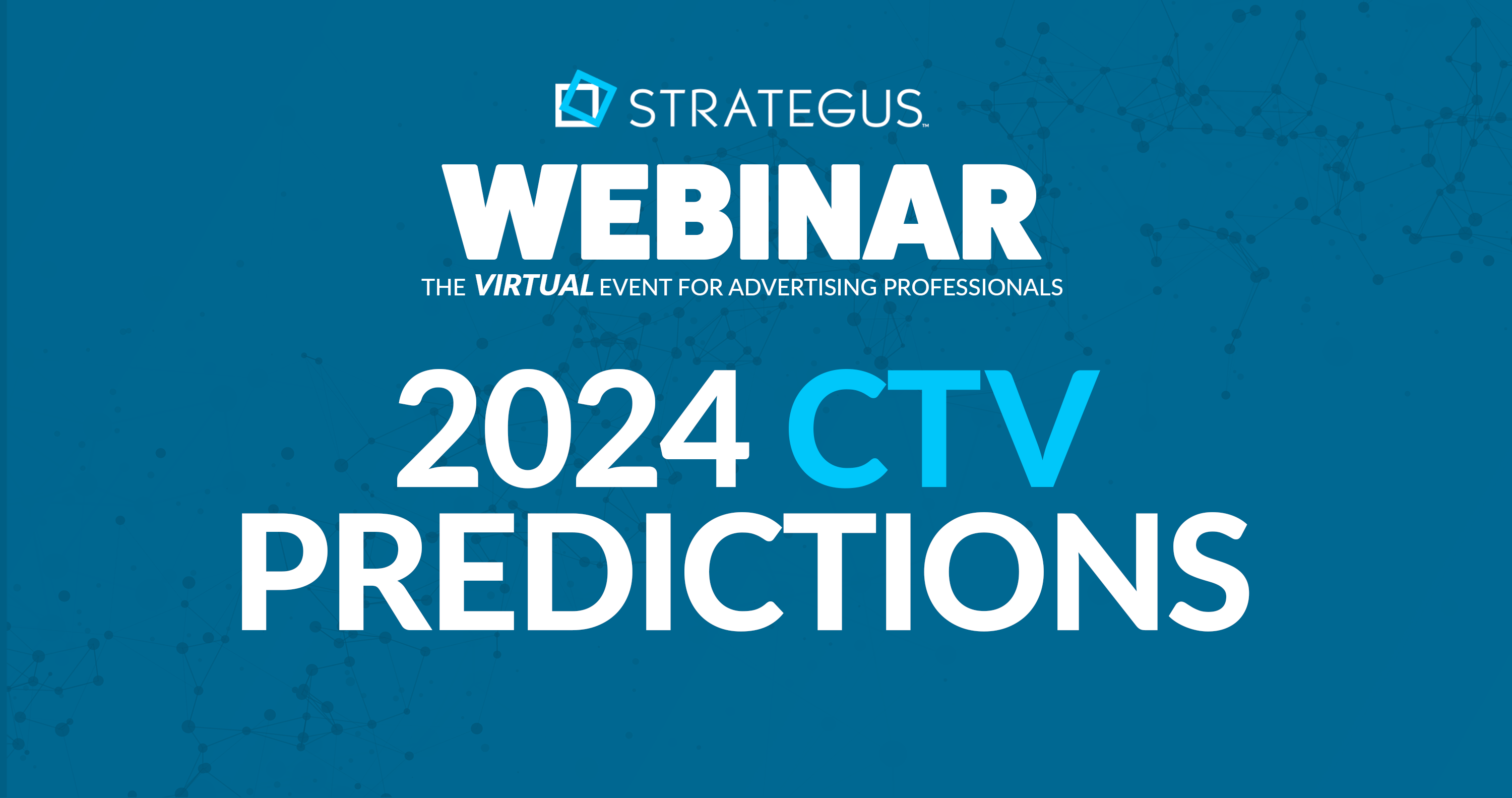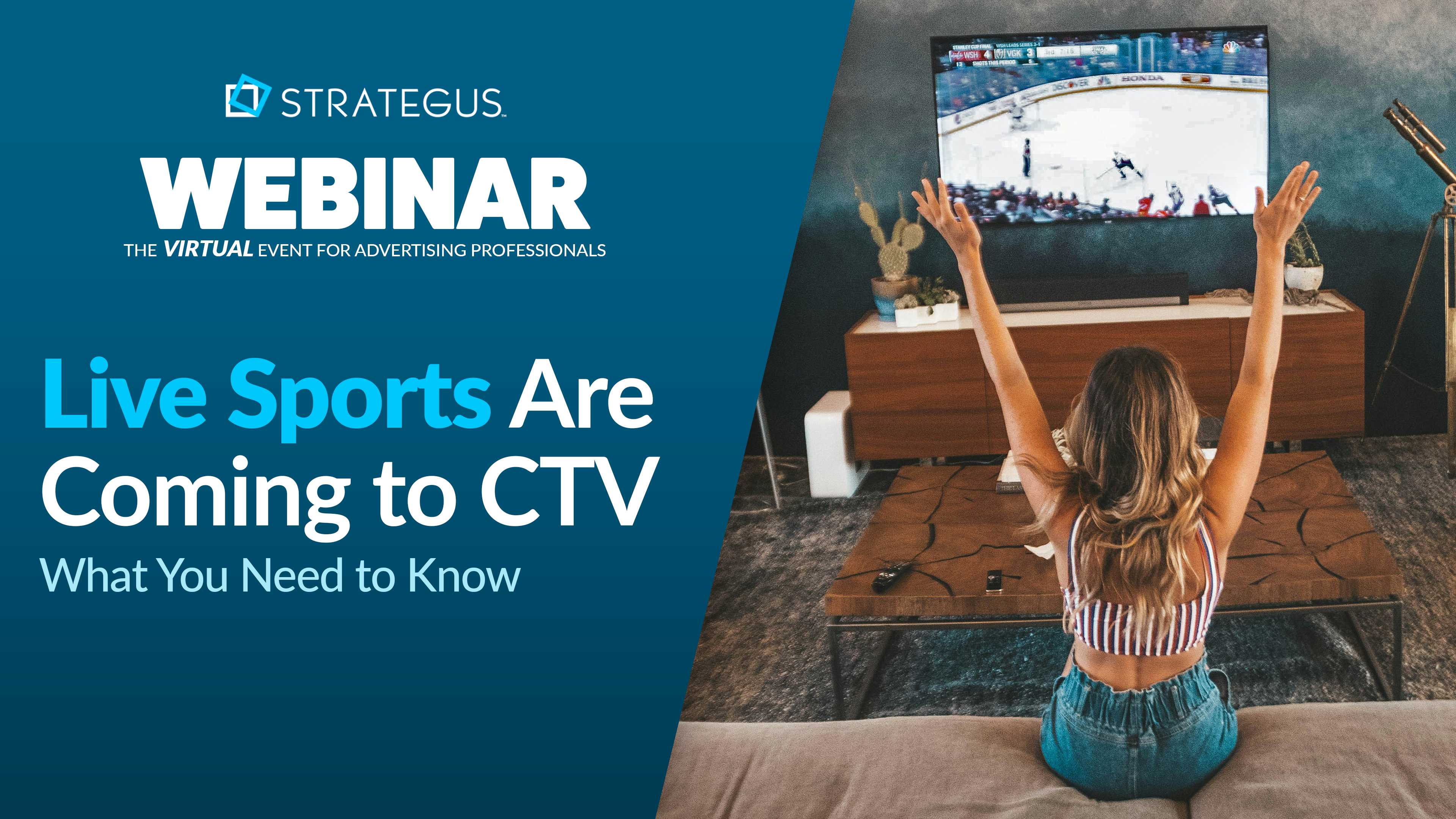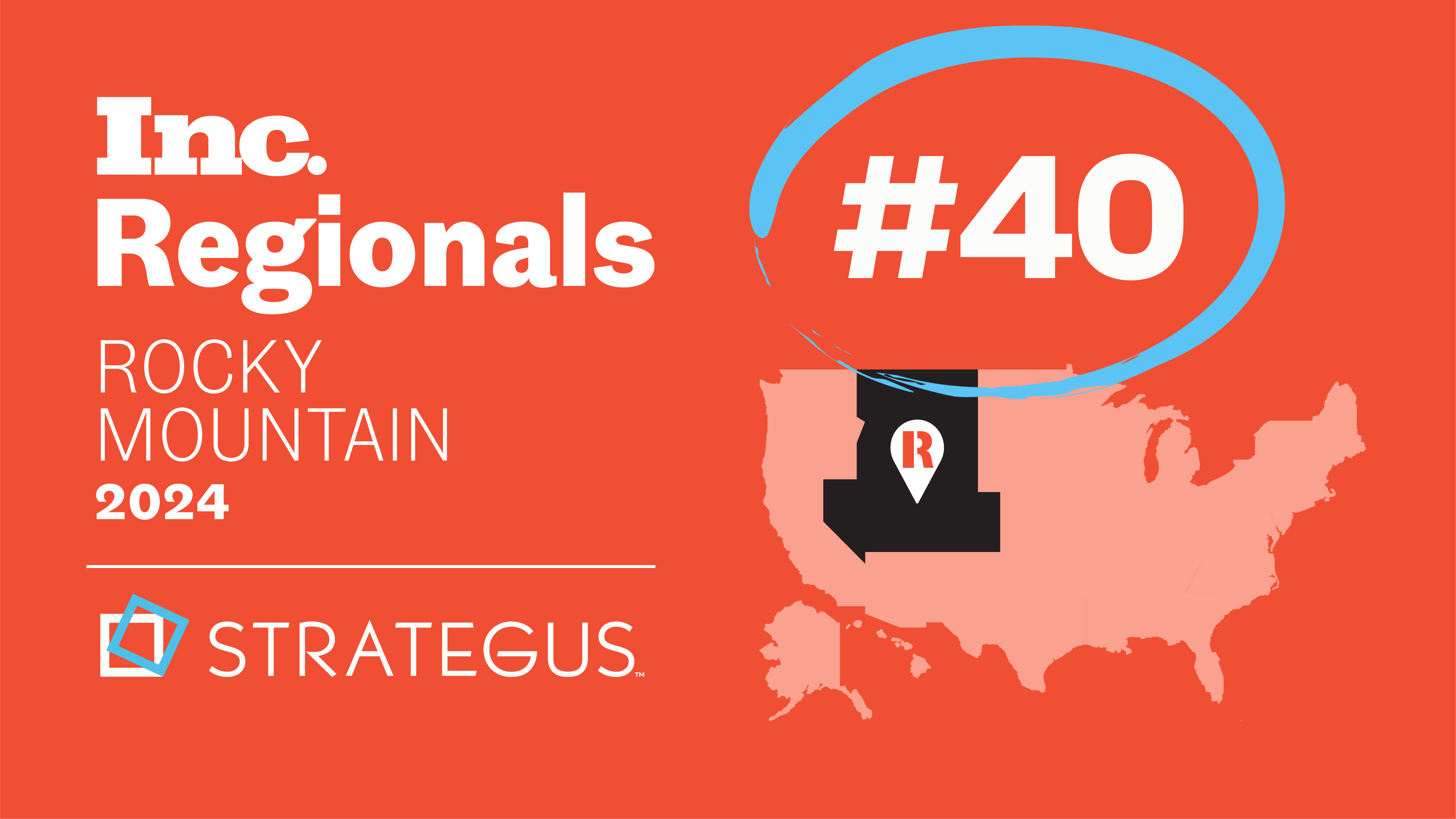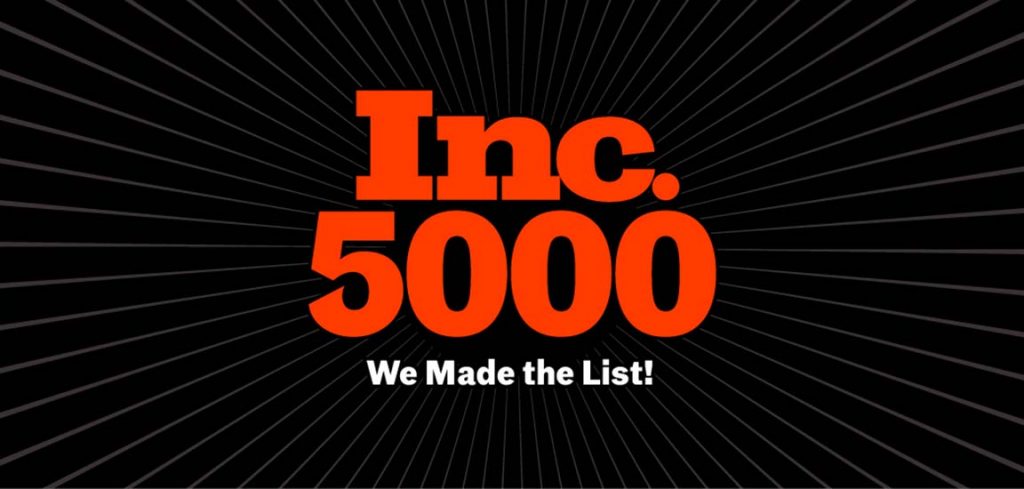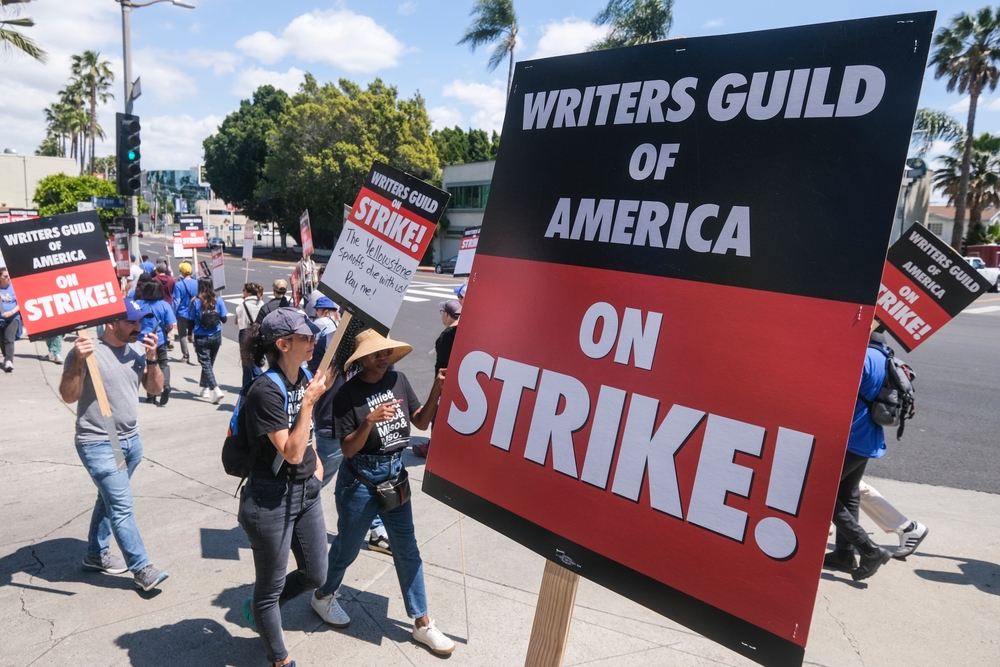- Home
- Strategus Blog
- Reach vs Frequency: Are You Prioritizing the Right Ad Metrics?
Reach vs Frequency: Are You Prioritizing the Right Ad Metrics?
 Andy Dixon
Andy Dixon
7 minutes read
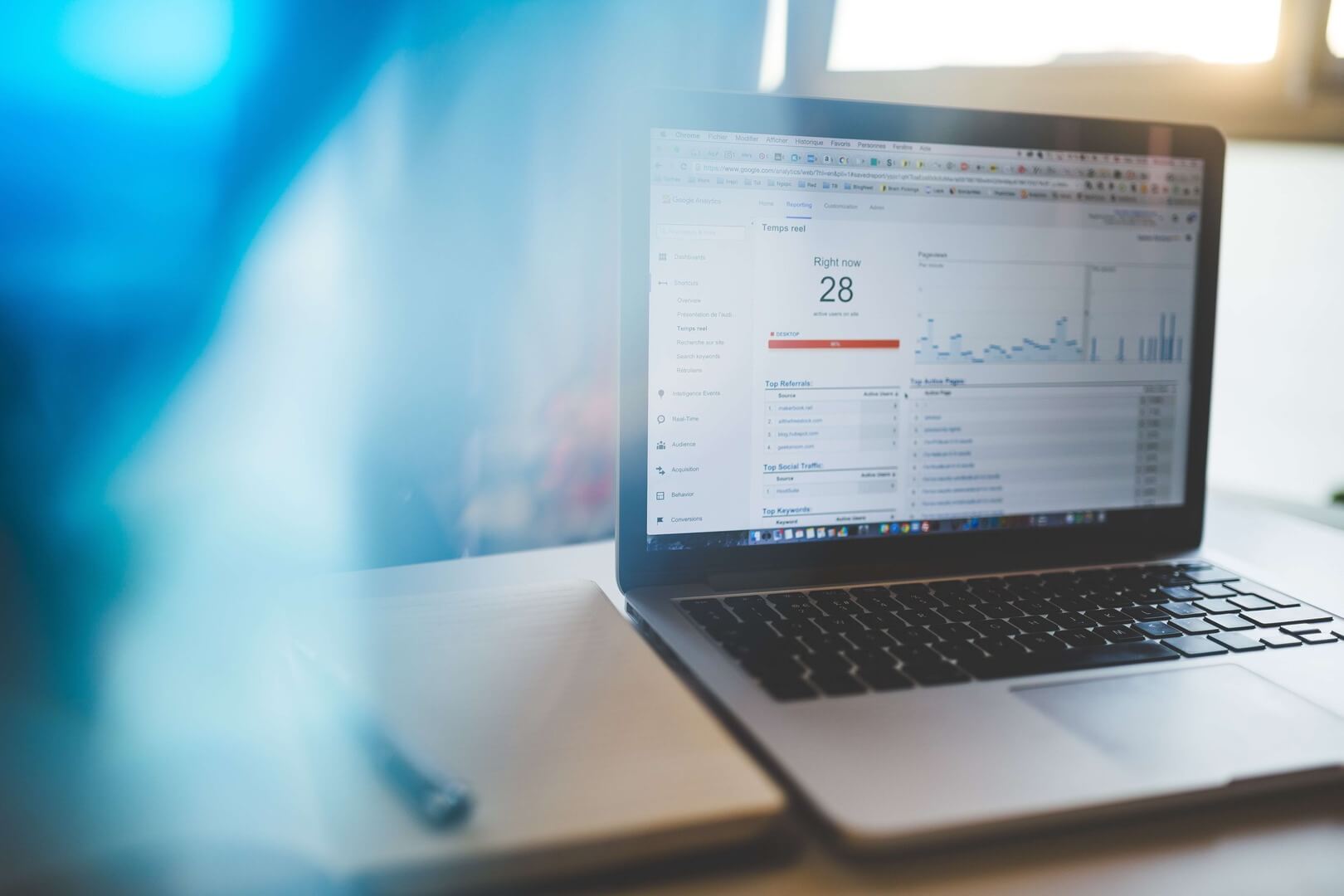
Programmatic advertising makes it possible to quantify ROI at every touchpoint and continuously optimize campaigns based on real-time data.
Media buyers and marketers must take a data-driven approach to campaign planning that strikes the right balance between exposing buyers to their brand and value — without inundating them with the same ads.
This is where reach and frequency come into play. These related metrics much be prioritized in tandem to reach the greatest number of buyers enough times to motivate action.
In this article, we explore what reach and frequency mean, when to prioritize one metric over the other, and best practices when modeling campaigns that optimize both.
Reach vs Frequency
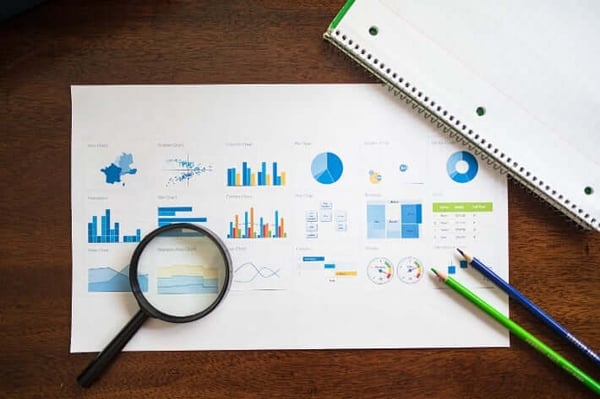
But the deeper you dive into the numbers, the more important it is to understand how different numbers relate to one another. This is especially try of reach vs. frequency, which have a major impact of the success of media campaigns:
- Reach tells you the number of people exposed to a specific ad. In connected TV (CTV) campaigns, this equates to how many individual viewers saw an ad play on their streaming TV device.
-
- Frequency, on the other hand, indicates how many times each viewer encountered that ad. Because it take seven or more exposures to a brand before customers are ready to make a purchase, this is an important factor to make sure your efforts drive conversions.
These metrics matter because finding the right mix of reach and frequency increases return on ad spend (ROAS).
Media buyers also need to reach the right market over the right duration of time to ensure each exposure is high-quality and engaging.
What Does Reach Mean In Marketing?
As explained above, reach is the number of viewers within a set period that are potentially exposed to your ad campaign. For example, a radio ad may have a reach of 80,000 listeners that regularly tune into the program. However, that reach does not guarantee that 80,000 people heard the ad — or were even actively listening to it if they did hear it.
Arranging a reach marketing definition for your campaign ensures that only targeted consumers received the message.
What Is Frequency?
Frequency is the number of times an individual consumer is likely to be exposed to an ad during a marketing campaign. Increasing the frequency of exposure increases both the likelihood that an individual has a high-quality engagement with the ad and that they have multiple touchpoints (or interactions) with your brand.
The Inverse Relationship Between Reach and Frequency
Maximizing both your reach and frequency throughout a marketing campaign is an excellent way to secure marketing qualified leads and drive more purchases. But when you have a finite budget, you can’t increase both factors. In these cases, marketers must strike a balance between increasing reach and frequency.
Generally, expanding your reach reduces your spending capacity for recurring ads. Similarly, increasing your frequency limits the money you can spend on reach. So which one should be prioritized? This often depends on your unique campaign and the goals you’re trying to achieve.

Reach vs Frequency, Which Is More Important?
Although prioritizing reach or frequency is a great goal. There are times when you can safely prioritize one over the other. Here’s a look at when increasing frequency should be your main objective vs. when reach is a better place to invest your money.
When You Should Focus on Frequency
Ensuring your audience receives multiple instances of exposure to your message is vital when considering the total customer lifetime value. If the following specific contextual conditions describe the campaign you’re looking to build, we’d suggest focusing on frequency:
- You have a niche audience: When you have a very specific market, reaching outside of that market to a general audience simply isn’t profitable. Also, the specific ad messages that work best with a very niche audience won’t translate easily to other consumers — making increased reach a waste of money.
- Your target market is ready to buy: Ramping up exposure through greater frequency is a very convincing tactic for shoppers who are ready to make a quick purchase. If your target market is already mid-to-low-funnel, bumping up frequency is the best way to improve campaign performance.
- There’s a lot of competition in your space: If your market is saturated with competitors, then high-frequency campaigns help catch people’s attention and bring your brand to the front of their minds.
Ultimately, frequency should be your priority when you already know your target market and you’re trying to drive sales.
When You Should Focus on Reach
Increasing reach is a great tool for expanding brand awareness in your target market. Your ideal customers may not yet be aware of your business, so trying new marketing media or using broader marketing channels is a great way to increase exposure.
If the following describes your campaign, we’d recommend focusing on reach:
- Your offering is new: If you’re growing your business with new products or services or you want to grow your client base, increasing reach ensures that the largest number of people gain familiarity with your brand.
- You’re an established brand running seasonal promotions: If you’re looking to entice existing customers with a deal or sale, reach is a more important metric than frequency. Your target audience already knows about your brand and thus doesn’t require the same level of persistence.
- You’re more focused on brand lift than quick conversions: When the primary aim is to increase awareness and improve consumer perception of your brand, reach should be your focus.
Even when you’re just looking at the number of touchpoints your campaigns need to achieve different goals, sales campaigns often prioritize frequency, and brand awareness campaigns prioritize reach.
Read more on SWOT analysis for smart advertising strategies here
How to Optimize Reach And Frequency
Building out processes and best practices for optimizing reach and frequency is the best way to know what to do for any future campaigns and projects. One way to do that is to partner with a marketing service that manages your OTT/CTV ads for maximum effectiveness.
At Strategus, we use the following tactics to make sure our client's campaigns have the right balance of reach for growth and frequency for purchases:
Frequency Capping
Frequency capping does what the name implies: it caps the number of times someone is exposed to an ad (or even a set of ads) in a specific campaign. Because online marketing through platforms like OTT and CTV generate lots of granular data that can help guide your campaigns, you can cap frequency for specific individuals.
Benefits of Frequency Capping
- You avoid marketing fatigue and overexposure to your ads. Even interested shoppers can become frustrated by seeing the same ad too many times in one day.
- You more efficiently manage marketing spend. Marketers get a higher ROI per ad view and across a campaign by making sure ads don’t funnel too many times to the same individual.
Dayparting
Dayparting is a popular tactic for scheduling the window — whether it be the time of day, day of the week, or both — when the ad plays. A restaurant may want to serve ads promoting their happy hour specials during business days and business hours, for example.
Benefits of Dayparting:
- You more effectively reach your market when they’re likely to be watching or shopping.
Maximize Your Reach and Frequency With Strategus
At Strategus, we specialize in optimizing online and digital marketing campaigns so you cost-effectively reach your target market.

Andy Dixon is a seasoned Content Writing Specialist at Strategus, renowned for his expertise in creating engaging and impactful digital content. With over a decade of experience in content creation, Andy has honed his skills in a variety of niches, ranging from technology and marketing to education.
Strategus is a managed services connected TV(CTV) advertising agency with over 60,000+ campaigns delivered. Find out how our experts can extend your team and drive the result that matter most.
Talk to an Expert
Table of Contents
Seeking a Custom CTV Strategy That Delivers?
What to read next

What Is a Walled Garden in Advertising?
Google has been under ongoing regulatory scrutiny for antitrust concerns — including an upcoming lawsuit by the Department of Justice (DOJ) that...
12 minutes read
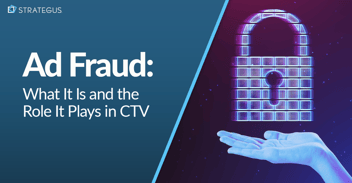
Ad Fraud: What It Is and the Role It Plays in CTV
Connected TV (CTV) is the fastest-growing ad channel in U.S., predicted to account for $42.4 billion in ad spend by 2027. But as CTV investment...
14 minutes read
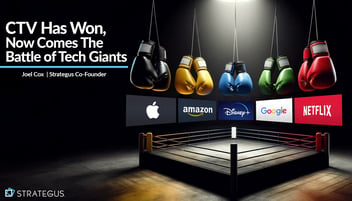
CTV Has Won, Now Comes the Battle of the Tech Giants
Who will be the winner with Amazon, Netflix, Google, Apple, and Disney battling for CTV supremacy? Just a few years ago, a phenomenon called...
6 minutes read

What Is Addressable TV Advertising and How Does It Work
In the early days of TV, ads were placed based on the programs they supported. This means that every household tuning into a given broadcast would...
7 minutes read



